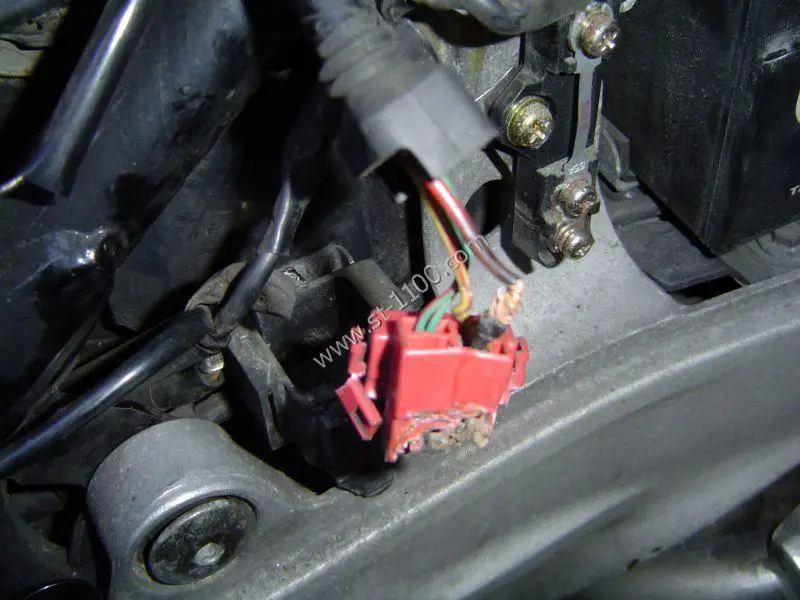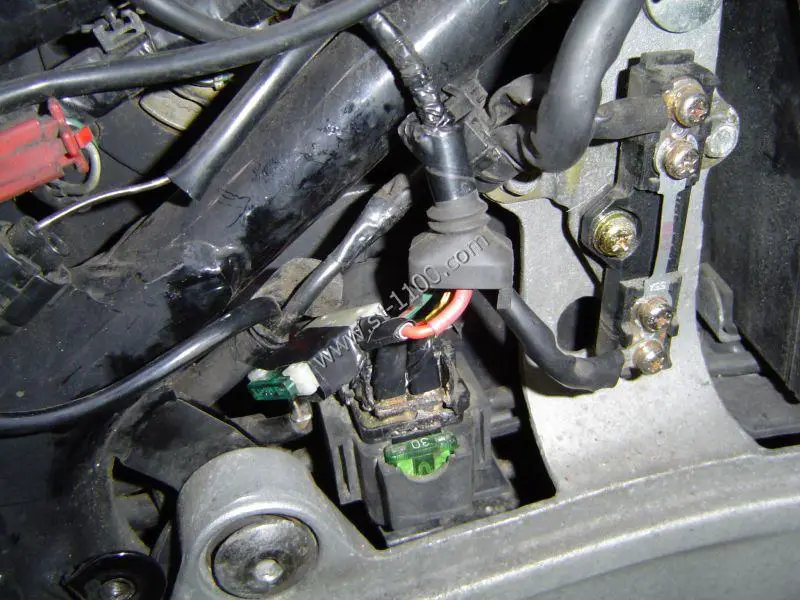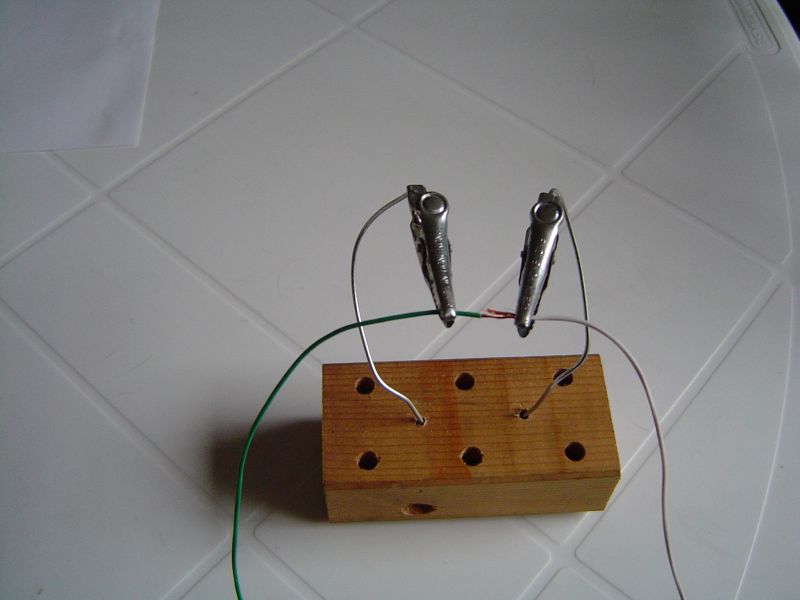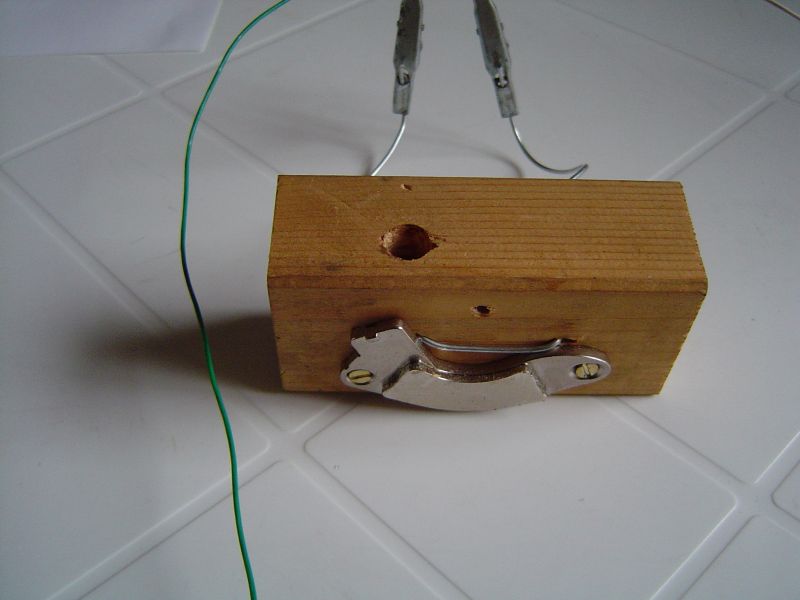This is more of a repair story than preventative maintenance...
I'd had a long day at the office and everyone else had left. I got all my gear on, and climbed on the bike. It didn't start; there was no noise at all. I tried the headlights - they worked fine, so I knew the battery was ok. Having eliminated one possible culprit, I removed the seat and checked the fuses; they were all fine. Second possibility eliminated.
Now what? I sat back on my haunches and stared, hoping for some inspiration. My eyes fell on the starter relay fuse. I hadn't checked that yet! The fuse was all right but I'd found the problem - the starter solenoid had somehow short-circuited and melted a bit of the red plastic casing, causing the wires to become loose. I pushed the wires firmly into the casing and tried the starter button. Success!
Of course it was raining heavily all the way home. The bike coughed and died twice, but then immediately sprang into life again. Anyway, I got home without further incident. Here's the problem:
Now unfortunately I needed the bike operational to get to work the following day - there was no way I was going to take the train!
The solenoid itself was working all right; it was just the insulating plastic surrounding the terminals of the fuse which had given up the ghost. With a bit of lateral thinking I removed the wires from the red plastic clip and soldered them onto spade connectors. Using a short length of automotive wire I installed an inline fuseholder to take the 30A fuse. Here's the bodge:
It worked absolutely fine until I was able to pick up a replacement solenoid a week later. By the way, the red plastic connector can't be purchased as a spare part; it's part of the wiring loom.
Update; January 2013: Jonathan from the UK has informed me that this tricky little part (complete with 4 new brass spade connectors) is now available from a company called Towzatronics in the UK for £8.95p plus VAT & postage.
Further update: June 2014: Lucy from the UK also has a Pan. She states: "Yes! this happened to my Pan too, someone had moved the big red wire to feeding from the fusible link via an inline fuse, and the start ground and starter button feed were remade with individual spades, I think the red wire terminal on the solenoid just is not big enough to carry the current it needs to and it gets hot so shifting it to get a feed from the fusible link is a better plan."
Additional update: June 2021: The owner of Towzatronics is now semi-retired so it looks like this part is no longer available.
TIP: As we're on the subject of electrics, there will probably come a time when you need to do some soldering. Even something as simple as joining two wires together requires the dexterity of a contortionist. You need one hand to hold the soldering iron, the other hand to hold the solder, and the other hand to hold the wires you are attempting to solder.
Er.... something's wrong there. Like a pony, you're a couple of hands short.
I thus invented the automatic-soldering-vice-wire-clip-spare-pair-of-hands-device.
Simply take a small block of wood and drill two holes right the way through. Insert a piece of ordinary galvanised wire (about 30cm long) through the holes.
Now solder a small crocodile clip onto each end.
I also fixed a small magnet from an old computer hard disk to the bottom of the wooden block, so that the portable vice can be used at any angle.
Now simply clip one of the wires into one of the crocodile clips, do the same with the other clip, and just bend the galvanised wire gently until the ends align to your satisfaction. Now you can twist the ends together, and you have both hands free for the soldering operation. This also works well for soldering connectors.




